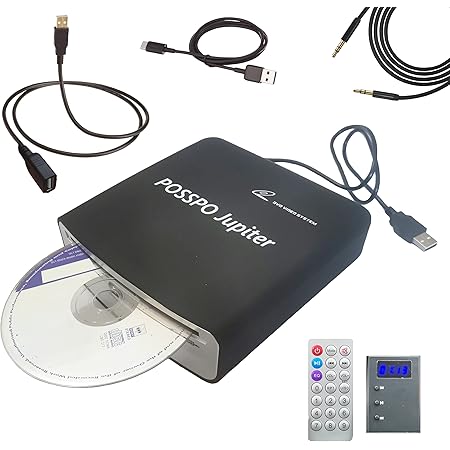Why Portable Camera Flashes Are Essential for Every Photographer

Let’s face it: natural light isn’t always cooperative. That gorgeous golden hour can vanish behind a cloud in a blink, and even the brightest sun can cast harsh, unflattering shadows. That’s where a portable camera flash steps in, transforming from a simple accessory into an indispensable tool that elevates your photography game, regardless of your skill level or genre.
Beyond the Basics: Why You Need More Than Just Ambient Light
While shooting with natural light alone can produce stunning images, relying solely on it severely limits your creative control. A portable flash offers a myriad of advantages that go far beyond simply illuminating a dark scene. It allows you to:
- Shape Light: Control the direction, intensity, and quality of light to sculpt your subject and create the mood you envision. Harsh shadows? A flash can soften them. Flat lighting? A flash can add depth and dimension.
- Freeze Motion: Capture sharp images of fast-moving subjects, preventing motion blur that often plagues low-light photography. This is especially crucial for sports, wildlife, and action photography.
- Fill in Shadows: Balance the light in your photos, eliminating harsh shadows cast by the sun or other light sources. This is particularly helpful in portraits, ensuring even illumination on your subject’s face.
- Create Dramatic Effects: Explore creative lighting techniques like backlighting, rim lighting, and side lighting to add visual interest and a unique artistic flair to your images.
- Shoot in Low-Light Conditions: Expand your shooting opportunities beyond daylight hours. Capture stunning night shots, indoor portraits, or events without resorting to high ISO settings that introduce noise and grain.
- Overcome Ambient Light Challenges: Combat the limitations of challenging lighting conditions. Whether it’s harsh midday sun or the warm tungsten tones of indoor lighting, a flash can help you maintain consistent color and exposure.
Choosing the Right Flash: Power, Features, and Portability
The world of portable camera flashes is diverse, ranging from compact speedlights ideal for everyday shooting to more powerful studio strobes for demanding professional applications. Consider these factors when selecting your flash:
- Guide Number (GN): This indicates the flash’s power. A higher GN means the flash can illuminate subjects at a greater distance. Consider your shooting scenarios – higher GN for larger spaces, lower GN for closer shots.
- TTL (Through-the-Lens) Metering: This automated feature helps you achieve accurate exposure by measuring the light reflected off your subject. It simplifies the process and reduces guesswork.
- Manual Mode: Provides granular control over flash power, allowing for precise adjustments and creative experimentation.
- High-Speed Sync (HSS): Enables flash usage with fast shutter speeds, helping to maintain a shallow depth of field and avoid motion blur even in bright conditions.
- Wireless Capabilities: Many modern flashes support wireless triggering, enabling off-camera flash setups for more creative and versatile lighting.
- Portability and Size: Choose a flash that’s comfortable to carry and fits your shooting style. Compact options are excellent for everyday use, while larger flashes offer more power and features.
Mastering Flash Photography: Techniques and Tips
Simply owning a flash isn’t enough; understanding how to use it effectively is key. Here are some essential techniques to master:
- Bounce Flash: Reflecting the flash off a ceiling or wall softens the light and creates a more natural look.
- Diffusers and Modifiers: Use diffusers to soften the light further, and explore modifiers like softboxes or umbrellas to shape the light in various ways.
- Experiment with Angles: Positioning your flash strategically can dramatically alter the look of your photographs. Try lighting from above, below, or from the side.
- Learn to Control Exposure: Master flash exposure compensation to fine-tune the balance between ambient light and flash.
- Practice, Practice, Practice: The more you experiment with your flash, the better you’ll become at understanding its capabilities and achieving the desired results.
Conclusion: Unlocking Your Photographic Potential
A portable camera flash is more than just a piece of equipment; it’s a creative tool that empowers you to shape light, conquer challenging conditions, and elevate your photography to new heights. By understanding its capabilities and mastering the techniques involved, you’ll unlock a level of creative control that will transform your images and take your photography journey to the next level. So, don’t just shoot with the available light – shape it, control it, and master it with the power of a portable flash.